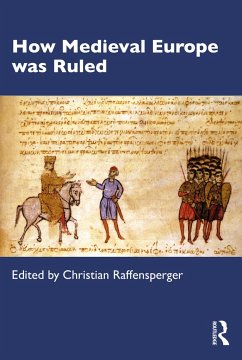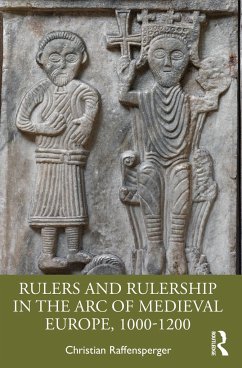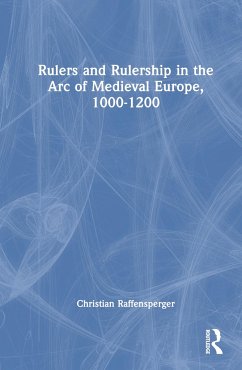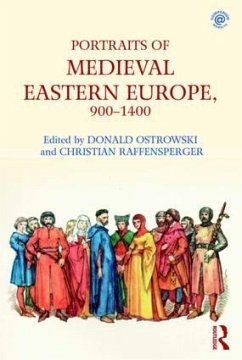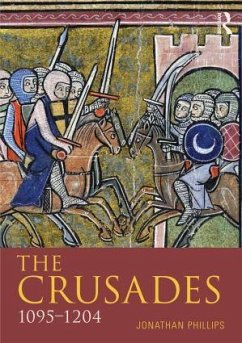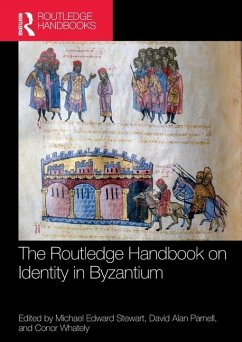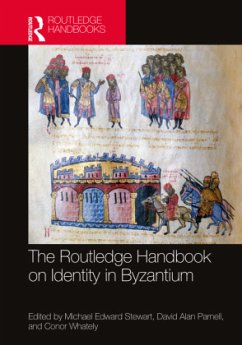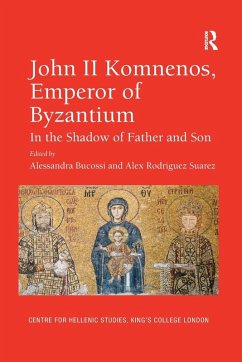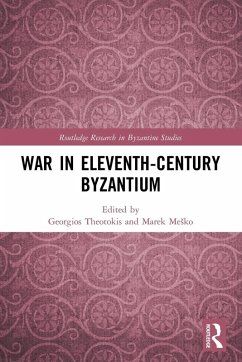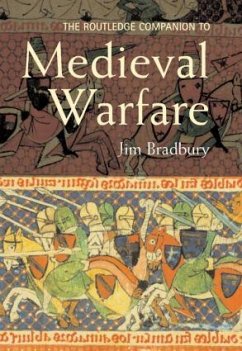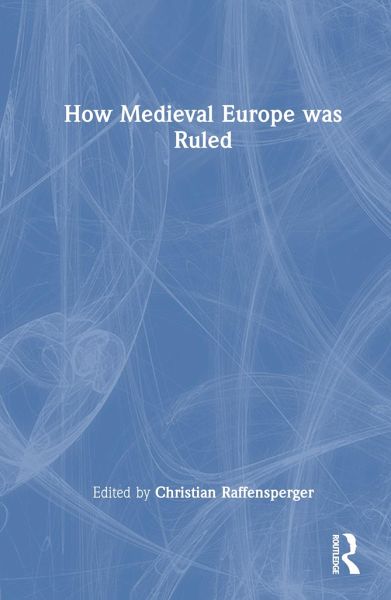
How Medieval Europe was Ruled
Versandkostenfrei!
Versandfertig in 6-10 Tagen
154,99 €
inkl. MwSt.
Weitere Ausgaben:

PAYBACK Punkte
77 °P sammeln!
The vast majority of studies on rulership in medieval Europe focus on one kingdom; one type of rule; or one type of ruler. This volume attempts to break that mold and demonstrate the breadth of medieval Europe and the various kinds of rulership within it.How Medieval Europe was Ruled aims to demonstrate the multiplicity of types of rulers and polities that existed in medieval Europe. The contributors discuss not just kings or queens, but countesses, dukes, and town leadership. We see that rulers worked collaboratively with one another both across political boundaries and within their own borde...
The vast majority of studies on rulership in medieval Europe focus on one kingdom; one type of rule; or one type of ruler. This volume attempts to break that mold and demonstrate the breadth of medieval Europe and the various kinds of rulership within it.
How Medieval Europe was Ruled aims to demonstrate the multiplicity of types of rulers and polities that existed in medieval Europe. The contributors discuss not just kings or queens, but countesses, dukes, and town leadership. We see that rulers worked collaboratively with one another both across political boundaries and within their own borders in ways that are not evident in most current studies of kingship, inhibited by too narrow a focus. The volume also covers the breadth of medieval Europe from Scandinavia in the north to the Italian peninsula in the south, Iberia and the Anglo-Normans in the west to Rus, Byzantium and the Khazars in the east.
This book is geared towards a wide audience and thus provides a broad base of understanding via a clear explanation of concepts of rule in each of the areas that is covered. The book can be utilized in the classroom, to enhance the presentation of a medieval Europe survey or to discuss rulership more specifically for a region or all of Europe. Beyond the classroom, the book is accessible to all scholars who are interested in continuing to learn and expand their horizons.
How Medieval Europe was Ruled aims to demonstrate the multiplicity of types of rulers and polities that existed in medieval Europe. The contributors discuss not just kings or queens, but countesses, dukes, and town leadership. We see that rulers worked collaboratively with one another both across political boundaries and within their own borders in ways that are not evident in most current studies of kingship, inhibited by too narrow a focus. The volume also covers the breadth of medieval Europe from Scandinavia in the north to the Italian peninsula in the south, Iberia and the Anglo-Normans in the west to Rus, Byzantium and the Khazars in the east.
This book is geared towards a wide audience and thus provides a broad base of understanding via a clear explanation of concepts of rule in each of the areas that is covered. The book can be utilized in the classroom, to enhance the presentation of a medieval Europe survey or to discuss rulership more specifically for a region or all of Europe. Beyond the classroom, the book is accessible to all scholars who are interested in continuing to learn and expand their horizons.




